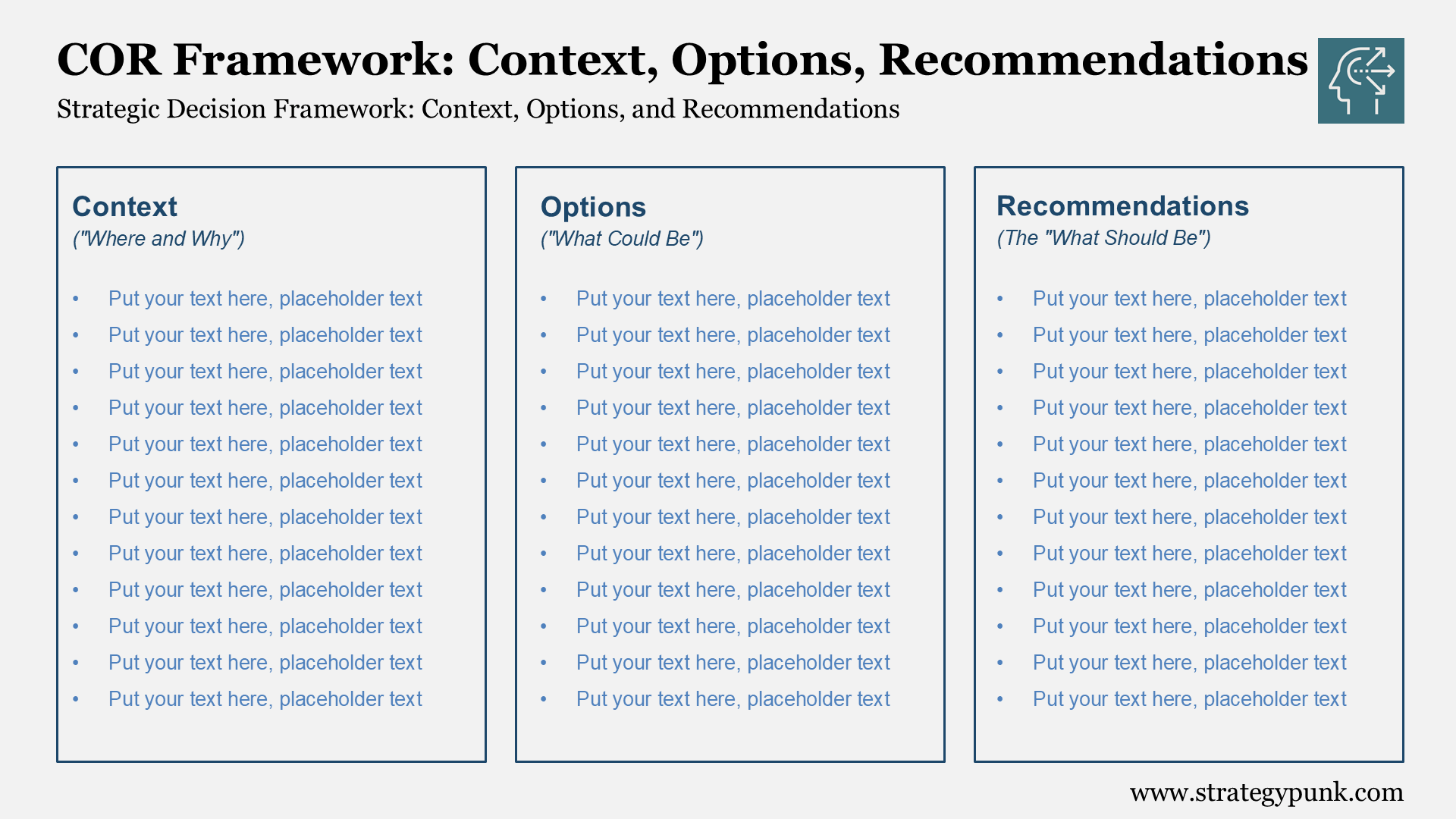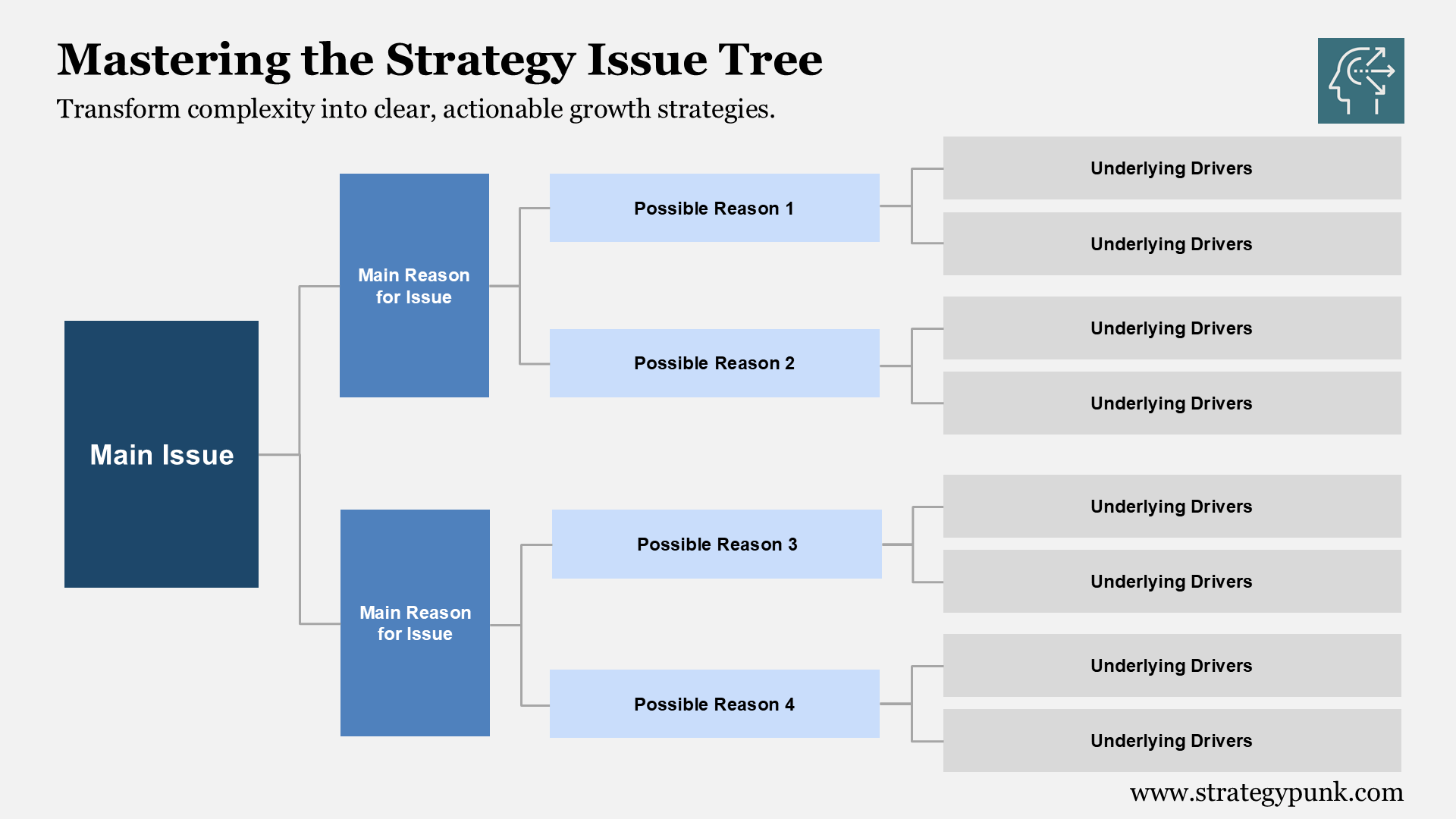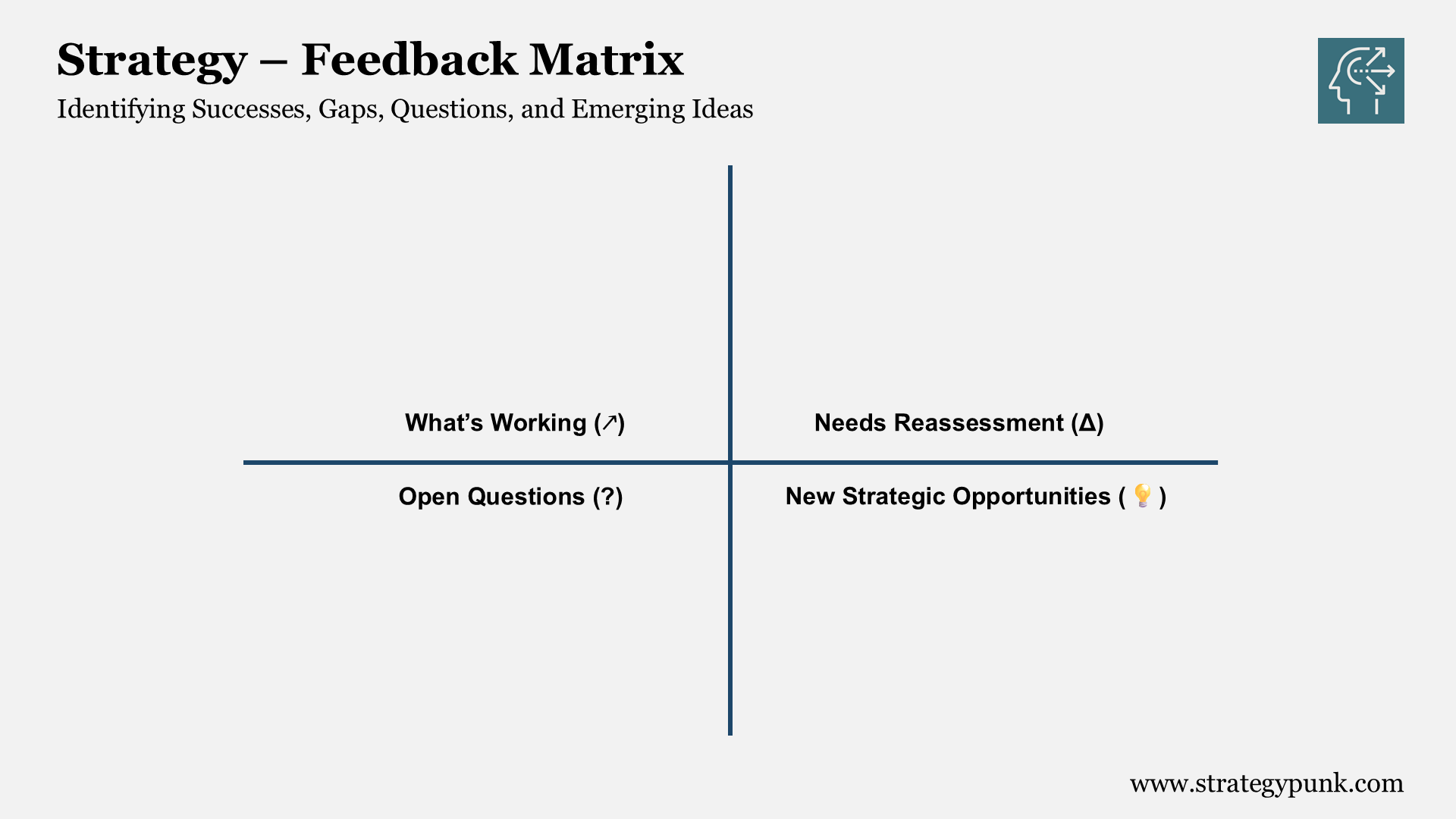The Top 10 Reasons Why Projects Fail
This blog post is unveiling the top 10 reasons behind project failures. Dive into the everyday challenges, from vague goals and miscommunication to inadequate planning and unrealistic expectations, that derail projects.

Introduction
Project failure is an unfortunate reality that many organizations face. It can be costly, time-consuming, and demotivating for teams. Understanding why projects fail can help organizations avoid these pitfalls and increase their chances of success.
One of the top reasons why projects fail is unclear objectives and the need for clarity. When project goals and objectives are clear, it can lead to clarity, misalignment, and wasted resources. It's essential to clearly understand what the project aims to achieve and how success will be measured.
Another common reason for project failure is poor communication and team misalignment. Team members must be on the same page to avoid misunderstandings, delays, and mistakes. Effective communication and collaboration are essential for project success.
Understanding Project Failure
Project failure can be defined as the inability to meet the project's objectives within the allotted time, budget, and scope. It is common in project management and can happen to small and large projects. Understanding why projects fail is crucial to preventing future failures.
Projects fail for many reasons and can be categorized into different failures. The most common reasons for project failure include poor planning, inadequate communication, lack of resources, and unrealistic expectations.
Poor planning is a leading cause of project failure. When a project is not planned well, it can lead to scope creep, missed deadlines, and cost overruns. Inadequate communication can also lead to project failure. Team members must communicate effectively to avoid misunderstandings, delays, and mistakes.
Lack of resources is another reason why projects fail. When a project needs more resources, it can lead to delays, missed deadlines, and poor-quality work. Unrealistic expectations can also lead to project failure. When a project has unrealistic expectations, it can lead to disappointment, frustration, and loss.
It is important to note that project failure is only sometimes avoidable. However, understanding the reasons why projects fail can help project managers take steps to prevent future losses. By addressing the root causes of project failure, project managers can increase the likelihood of project success.
Unclear Objectives and Lack of Clarity

Projects that need clear objectives often fail to achieve their intended results. A clear understanding of the project's goals is essential for success. Purposes should be specific, measurable, achievable, relevant, and time-bound.
Vague goals are a recipe for disaster. They need help to determine what needs to be done and when. Without actionable tasks, teams can quickly become overwhelmed and lose focus.
It is essential to have a set of objectives that are well-defined, measurable, and achievable. This allows the team to focus on specific tasks and track their progress toward achieving the overall goal.
Clear objectives also help to ensure that everyone involved in the project is on the same page. When goals are not well-defined, team members may interpret what needs to be done differently. This can lead to confusion, delays, and ultimately project failure.
In summary, having clear, measurable objectives is critical to the success of any project. Vague goals and lack of clarity can quickly derail even the most well-intentioned projects. Defining specific, measurable, achievable, relevant, and time-bound objectives is essential to keep the project on track.
Poor Communication and Team Misalignment

Effective communication is crucial for project success. Communication and team misalignment can lead to better understanding, delays, and project failure. When team members do not communicate effectively, they may miss important information or fail to share critical updates, which can cause confusion and mistakes.
One of the significant consequences of not having a shared vision or understanding of the project's purpose is that team members may work towards different goals. This misalignment can cause confusion and conflict, leading to delays and missed deadlines. It can also result in poor-quality work and rework, which can be costly and time-consuming.
Project managers should establish clear communication channels and encourage open and honest communication among team members to overcome miscommunication and team misalignment. They should also ensure everyone understands the project's goals, objectives, and expectations.
Effective communication involves more than just exchanging information. It also involves active listening, asking questions, and providing feedback. Project managers should encourage team members to share their ideas and opinions and give feedback to help improve the project's outcomes.
In summary, poor communication and team misalignment can significantly affect project success. Project managers must establish clear communication channels, encourage open and honest communication, and ensure everyone understands the project's goals and expectations. Doing so can help ensure their projects are completed on time, within budget, and to the required quality standards.
Scope Creep

Scope creep is one of the top reasons why projects fail. It occurs when the project's deliverables change as work progresses. This can happen due to a lack of precise project requirements, poor communication, or stakeholder involvement.
When scope creep occurs, it can lead to missed deadlines, increased costs, and decreased quality. The project team may need help to keep up with changes, causing delays and increased frustration.
Defining and sticking to a project's scope is essential to prevent scope creep. This means clearly defining project requirements and communicating them to all stakeholders. It also means having a process in place for managing changes to the project scope.
One way to manage scope creep is to use a change control process. This process involves documenting and approving any changes to the project scope. It ensures that all stakeholders are aware of the changes and that they are adequately communicated to the project team.
Another way to prevent scope creep is to have a strong project manager who can manage the project scope and communicate any changes effectively. The project manager should be able to identify potential scope creep early on and take action to prevent it from happening.
In summary, scope creep can be a significant challenge for projects. It is crucial to define and stick to a project's scope to prevent scope creep from occurring. This can be done through clear communication, stakeholder involvement, and a change control process. A strong project manager can also help prevent scope creep by identifying potential issues early on and taking action to address them.
Inadequate Planning

Inadequate planning is one of the most common reasons for project failure. With a comprehensive plan in place, it is easier to achieve project goals and objectives. Planning is a crucial step in project management and critical to project success.
One of the pitfalls of needing a comprehensive plan is that it can lead to scope creep. Scope creep occurs when the project's scope expands beyond what was initially planned, and it can be costly and time-consuming to rectify. With a clear plan, it's easier for project managers to maintain sight of the project's goals and objectives, leading to scope creep.
Another area for improvement with adequate planning is that it can lead to a need for more resources. With a clear plan, it's easier to determine the resources needed to complete the project. This can result in a resource shortage, leading to delays and increased costs.
Inadequate planning can also result in poor-quality deliverables. Ensuring the project's deliverables meet the required quality standards is only accessible with a clear plan. This can result in rework and additional costs, impacting the project's success.
In conclusion, inadequate planning is a significant contributor to project failure. With a comprehensive plan in place, it is easier to achieve project goals and objectives. Project managers must have a clear plan to avoid scope creep, resource shortages, and poor-quality deliverables.
Insufficient Resources and Overallocation

One of the top reasons projects fail is insufficient resources and overallocation. Proper resource management is crucial for project success, and when resources are stretched thin or misallocated, it can lead to project delays, cost overruns, and, ultimately, project failure.
More resources can occur when a project is not planned correctly or there needs to be more communication between team members. For example, if a project manager needs to allocate more resources, it can lead to delays and missed deadlines. Additionally, if team members communicate their resource needs, it can lead to a supply of resources and overallocation of work.
Overallocation can occur when team members are assigned less work or resources must be adequately distributed. This can lead to burnout and decreased productivity, ultimately impacting project success. Project managers need to monitor resource allocation and make adjustments as necessary to ensure that team members are not overallocated.
The challenges faced when resources are stretched thin or misallocated can be significant. Team members may become frustrated and disengaged, impacting project morale and, ultimately, project success. Additionally, project managers may need help to keep the project on track when resources are insufficient or overallocated.
Proper resource management is essential for project success. Project managers must ensure that resources are correctly allocated and that team members are not overallocated. By doing so, they can avoid the challenges associated with insufficient resources and overallocation and increase the likelihood of project success.
Poor Risk Management

Poor risk management is one of the leading reasons why projects fail. It is essential to identify and mitigate potential risks to ensure the success of any project. Risk management involves identifying, analyzing, and prioritizing risks and developing and implementing strategies to manage or reduce them.
Not having a risk management strategy can have severe consequences. Risks can quickly become issues, leading to delays, cost overruns, and project failure. With a proper risk management plan, project managers may be able to respond appropriately to emerging risks and make informed decisions.
To avoid poor risk management, project managers should take a proactive approach to identify potential risks. This can be achieved by conducting a thorough risk assessment, involving all stakeholders, and using relevant data to inform risk identification and analysis. Once risks have been identified, they should be prioritized based on their likelihood and potential impact on the project.
A risk management plan should be developed to address each identified risk. This plan should outline the strategies and actions required to manage or mitigate the risk, including assigning responsibilities, setting timelines, and defining success criteria.
In conclusion, poor risk management can have severe consequences for any project. It is essential to identify and mitigate potential risks to ensure project success. A proactive approach to risk management, including a thorough risk assessment and developing a risk management plan, is critical to avoiding poor risk management.
Absence of Decision Maker or Poor Management

Effective management is essential for the success of any project. A project manager is responsible for overseeing the project, ensuring it stays on track, and completing it on time and within budget. The project is likely to fail without a decision-maker or poor management.
The significance of having strong leadership and direction cannot be overstated. The project manager must have the necessary skills and experience to manage the project effectively. They must communicate effectively with the team and stakeholders, set clear goals and objectives, and make decisions quickly and decisively.
The problems that arise from a lack of effective management are numerous. Without strong leadership, the project is likely to become disorganized and chaotic. The team may need to learn what is expected of them, and deadlines may be missed. The project may exceed the budget, and stakeholders may need more confidence.
In addition, poor management can lead to conflicts within the team. Team members may need to be heard, or their contributions should be valued. This can lead to a breakdown in communication and a lack of trust among team members.
To avoid these problems, it is essential to have a strong project manager who can provide clear direction and leadership. The project manager must communicate effectively with the team and stakeholders, set clear goals and objectives, and make decisions quickly and decisively. Effective management makes the project more likely to be completed on time, within budget, and to the satisfaction of all stakeholders.
Ignoring the Human Aspect

Projects are not just about following a set of processes and procedures. They are also about the people involved in the project. The balance between strategy and people is essential for a project's success. Ignoring the human aspect of a project can lead to failure.
Neglecting team morale and individual needs can have a detrimental effect on a project. Team members need to feel valued and appreciated. They must know that their contributions are essential to the project's success. A lack of recognition can lead to a lack of motivation, leading to a decline in productivity.
When unhappy, team members are more likely to leave the project. This can lead to a loss of knowledge and experience, which can be challenging to replace. High turnover rates can also lead to delays and additional costs.
Communication is also critical regarding the human aspect of a project. Team members need to be able to communicate effectively with each other. They need to express their concerns and ideas without fear of retribution. Communication can lead to better understanding and mistakes.
In conclusion, ignoring the human aspect of a project can lead to failure. Team morale and individual needs must be considered when planning and executing a project. Communication is also critical to a project's success. A project can achieve its goals and objectives by valuing and appreciating team members.
Lack of Sponsorship or Stakeholder Support

One of the primary reasons for project failure is a need for more sponsorship or stakeholder support. Projects require resources, time, and effort, and they can quickly fall apart without the backing of upper management or stakeholders.
The importance of having project champions or sponsors cannot be overstated. These individuals are responsible for advocating for the project, securing necessary resources, and ensuring the project stays on track. With a champion or sponsor, a project may gain traction and support.
A lack of support from upper management or stakeholders can hinder project progress in several ways. For example, if a project needs more financial support, it may need more resources to complete it on time or to the desired level of quality. Similarly, a project requires more stakeholder support to gain buy-in from those the project will ultimately impact.
To avoid project failure due to a lack of sponsorship or stakeholder support, it is essential to identify and engage project champions or sponsors early on in the project planning process. Communicating regularly with stakeholders and addressing any concerns or issues is very important. By doing so, project managers can ensure their projects have the necessary support to succeed.
Unrealistic Expectations

Unrealistic expectations are one of the most common reasons why projects fail. The challenges of setting and managing realistic project goals are often underestimated, leading to overpromising and underdelivering.
Setting project goals too high can lead to unrealistic expectations from stakeholders, team members, and customers. This can result in missed deadlines, increased costs, and poor quality outcomes. Setting achievable and realistic goals that align with the project's scope, resources, and timeline is essential.
Another challenge of managing unrealistic expectations is that it can lead to scope creep. When stakeholders expect more than what was initially agreed upon, it can lead to project teams adding new features or functionalities that were not part of the original plan. This can result in delays, increased costs, and a lack of focus on the project's core objectives.
Project managers must communicate effectively with stakeholders and team members to prevent unrealistic expectations. They should set clear expectations and ensure all parties understand the project's scope, timeline, and resources. Project managers should regularly update stakeholders on progress and promptly address concerns or issues.
In conclusion, managing unrealistic expectations is crucial to the success of any project. Project managers must set achievable goals, communicate effectively with stakeholders, and prevent scope creep to ensure that projects are completed on time, within budget, and with high-quality outcomes.
Conclusion
In conclusion, projects fail for various reasons, ranging from poor communication to inadequate planning and execution.
The top 10 reasons why projects fail include:
- Unclear goals and objectives
- Inadequate planning and scheduling
- Insufficient resources and budget
- Poor communication among team members
- Lack of stakeholder involvement and support
- Scope creep and changes in project requirements
- Inadequate risk management
- Poor project management practices
- Unclear roles and responsibilities
- Inadequate monitoring and control
To avoid project failure, it is essential to identify and address these issues early on in the project lifecycle.
This can be done by developing a comprehensive project plan, establishing clear goals and objectives, ensuring stakeholder involvement and support, and implementing effective project management practices.
By taking these steps, project managers can increase the likelihood of project success and minimize the risk of project failure.
Related Posts:
Frequently Asked Questions
What are some common reasons for project failure?
Projects fail for several reasons, including poor planning, lack of communication, inadequate resources, unrealistic timelines, and scope creep.
These factors can lead to delays, cost overruns, and poor-quality deliverables.
What is the #1 reason for project failure?
The number one reason for project failure is poor communication.
Effective communication is critical to project success, and communication can lead to misunderstandings, delays, and project failure.
Are there any statistics on project failure rates?
Yes, there are statistics on project failure rates.
According to a study by PMI, 14% of projects fail outright, and 31% still need to meet their goals.
Additionally, 43% of projects are challenged, meaning they are completed over budget, behind schedule, or with lower quality than expected.
What are some ways to prevent project failure?
To prevent project failure, it is essential to have a solid project plan, clear communication channels, and adequate resources.
Project managers should also establish realistic timelines, manage scope creep, and monitor project progress regularly.
How can project managers mitigate project failure?
Project managers can mitigate project failure by proactively identifying and addressing risks, establishing clear communication channels, managing stakeholder expectations, and monitoring project progress regularly.
They should also be prepared to adjust the project plan as needed.
What role do stakeholders play in project failure?
Stakeholders can play a significant role in project failure if their expectations are not managed effectively.
It is essential to identify stakeholders early in the project and engage them in planning to ensure their needs are met and their expectations are realistic.
What are project management failure examples?
Examples of project management failures include:
- The Sydney Opera House project.
- The Denver International Airport baggage handling system.
- The NHS National Programme for IT.
These projects failed due to poor planning, inadequate resources, and unrealistic timelines.
What are famous failed projects?
Famous failed projects include Stanley Black & Decker, Otis Elevator, and the AI Hype Train.
These projects failed due to various factors, including poor planning, inadequate resources, and unrealistic expectations.
1. Stanley Black & Decker's American Dream Fizzles Out
Imagine this: A renowned brand, Stanley Black & Decker, decides to bring the production of its iconic Craftsman line of hand tools back to American soil. They set their sights on Dallas, with dreams of automated finishing and a shiny new $90 million facility in Fort Worth. The vision? Craftsman tools proudly stamped with "Made in the U.S.A."
But reality had other plans. The project hit delay after delay between the pandemic's supply chain disruptions and automation hiccups. By March 2023, the dream was shelved, and the bulk of production returned to Tijuana, Mexico. A twist no one saw coming! Read more
2. Otis Elevator's Up-and-Down Reshoring Ride
Otis Elevator, synonymous with elevators, thought it was time to elevate its production game. The plan? Move some of their commercial elevator production from Mexico to Florence, South Carolina. With high unemployment rates in Florence, what could go wrong?
Quite a bit, as it turns out. The new machinery demanded skilled workers, a resource that could be more abundant in Florence. Add to that the challenges of deploying new software, and the company found itself in a downward spiral, losing a whopping $60 million in sales. A rocky ride, indeed! Discover the details
3. The AI Hype Train Derails
Artificial Intelligence (AI) is the future, they said. It'll revolutionize industries, they claimed. And while there's no denying AI's potential, the road to AI success is proving tricky.
A 2023 report highlighted a startling fact: Despite the rapid adoption of AI, project failure rates are sky-high. The culprits? There is an AI talent gap, a need for governance, and the right technological mindset. It's clear that while AI is the future, we still need to figure out a lot. Could you dive deeper into the AI problem?





